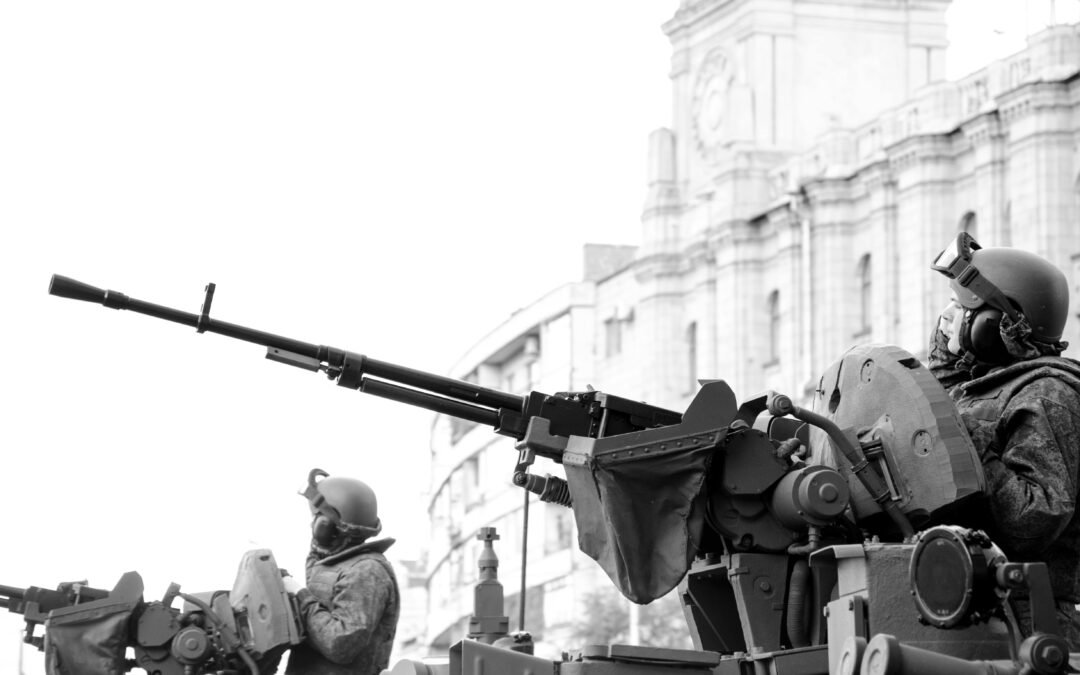The ongoing conflict between Russia and Ukraine has presented a unique military landscape that offers significant insights into modern warfare.
As key military leaders and analysts discuss strategies and outcomes, several pivotal themes emerge, particularly concerning the importance of innovation in military tactics and the nuanced application of maneuver warfare principles.
At the heart of this discourse is the notion that innovation in military tactics is paramount in successfully addressing heavily defended positions—a concept rooted in historical Soviet doctrine. As observed in Ukraine, current challenges involve constant drone surveillance and superior artillery capabilities possessed by the adversary. The complexities of this battlefield necessitate a careful consideration of tactical options, especially the choice between infiltration and direct penetration methods.
The differentiation between “surfaces” and “gaps” plays a crucial role in maneuver warfare. Surfaces refer to heavily fortified fronts, such as the Zomariia front, which pose significant challenges due to their multiple layers of defense. In contrast, gaps represent less defended areas, like those observed during the Battle of Kursk, where intelligence and reconnaissance validated opportunities for infiltration. Failure to recognize the importance of targeting gaps has contributed to difficulties faced by the Ukrainian campaign, underscoring a critical tactical lesson: success in maneuver warfare hinges on exploiting vulnerabilities and achieving shock and dislocation.
Lieutenant General (Retired) Ben Hodges emphasizes the effectiveness of Ukraine’s counteroffensive, which has thrived despite Russian advantages in terms of drone numbers and territorial control. The Ukrainian forces have demonstrated impressive capabilities that indicate substantial improvements in their counter-drone strategies. Additionally, Russia’s command and control issues—a result of poor coordination between various military branches—have hindered their effectiveness on the battlefield. The dilemma faced by Russian military leadership concerning troop allocation further complicates this landscape, illustrating a struggle to decisively counter Ukrainian forces.
One of the notable aspects of the current conflict is Ukraine’s ability to assess risks effectively and concentrate on areas where Russian forces lack an adequate response. The ongoing struggles of Russian military units, particularly in the Avdiivka to Pokrovske area, exhibit their difficulties in mastering critical distances even after nearly a year of conflict. This scenario invites a broader analysis of the Ukrainian counteroffensive’s effectiveness, promising to be a focal point for future military studies.
Furthermore, the effective integration of modern technologies, such as drones and electronic warfare, has allowed Ukrainian forces to transition from offensive strategies to defensive stances with notable success. The development of engagement areas has facilitated smaller forces in defeating larger opponents through calculated planning and execution. By establishing environments where opponents can be engaged with mixed obstacles and targeted fire support, Ukrainian forces embody the principles of agile maneuver warfare.
In conclusion, the lessons emerging from the Russia-Ukraine conflict reaffirm the necessity of innovative tactics and the strategic exploitation of weaknesses in enemy defenses. The balance of power within warfare is increasingly defined by the ability to adapt to evolving battlefield dynamics, making the study of these developments essential for future military endeavors. The principles applied in the Ukraine conflict will undoubtedly shape the understanding and execution of military tactics in the years to come.

